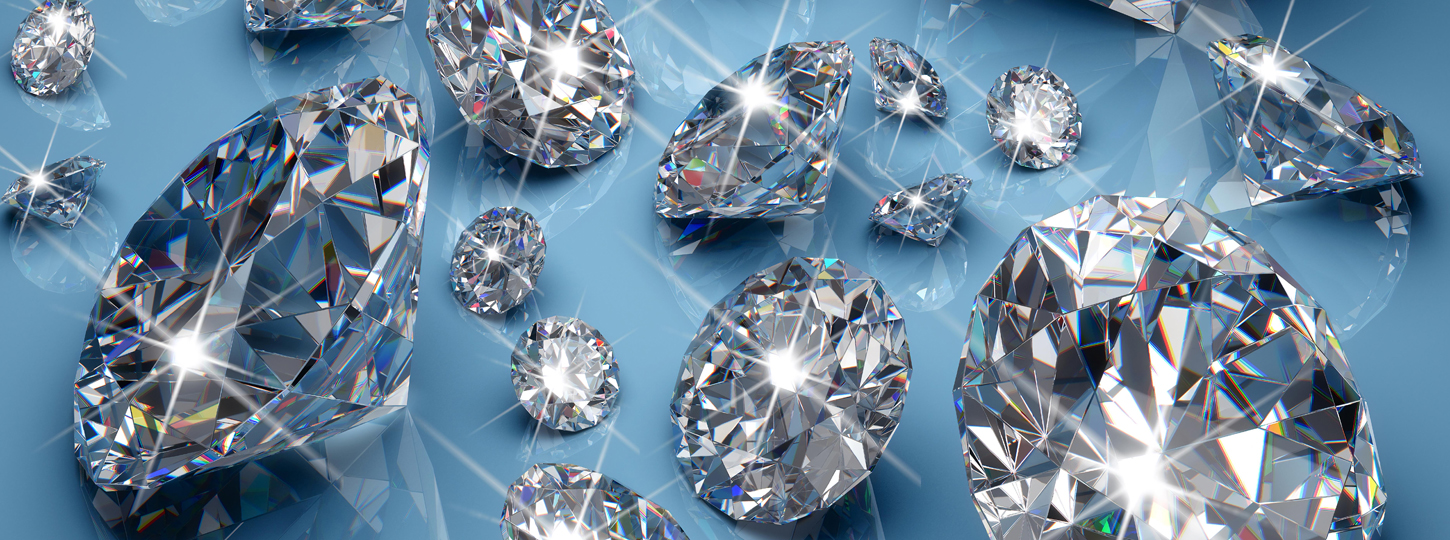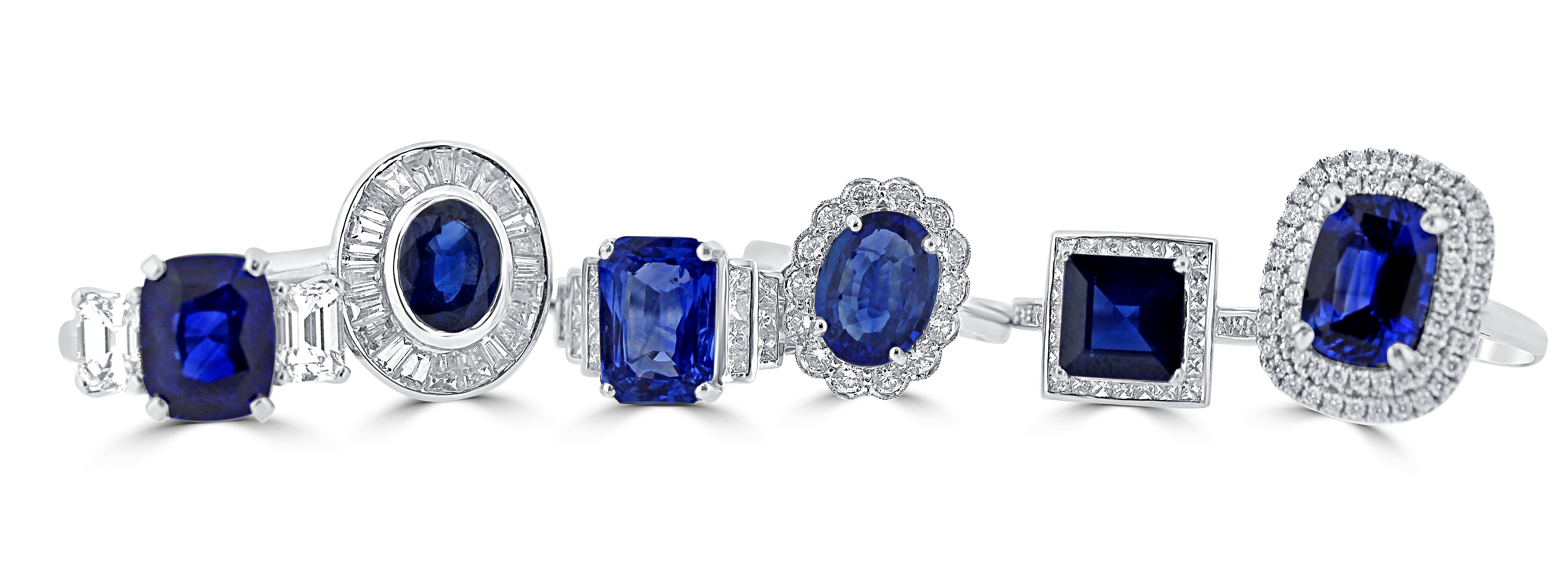Understanding the Mohs Scale of Gemstone Hardness
The Mohs Scale of Hardness is a critical tool for gem enthusiasts, jewellers, and mineralogists. Developed by Friedrich Mohs in 1812, this scale measures the relative hardness of minerals, aiding in identification and understanding their durability.
This guide delves into the intricacies of the Mohs scale, its significance in the gemstone world, and practical applications for buyers and sellers.
What is the Mohs Scale of Hardness?
The Mohs scale ranks minerals based on their ability to scratch one another. It ranges from 1 to 10, with talc at the lowest end and diamond at the highest.
Here’s a quick overview of gemstones and their value on the scale listed alphabetically:
| Gemstone | Hardness |
|---|---|
| Alexandrite (Chrysoberyl) | 8.5 |
| Amber | 2-2.5 |
| Amethyst (Quartz) | 7 |
| Ametrine | 7 |
| Andalusite | 7.5 |
| Apatite | 5 |
| Aquamarine (Beryl) | 7.5-8 |
| Azurite | 3.5-4 |
| Benitoite | 6-6.5 |
| Beryl (Emerald Aquamarine Morganite) | 7.5-8 |
| Bloodstone | 6.5-7 |
| Calcite | 3 |
| Chalcedony (Quartz) | 7 |
| Chrysoberyl (including Alexandrite) | 8.5 |
| Citrine (Quartz) | 7 |
| Coral | 3-4 |
| Corundum (Sapphire Ruby) | 9 |
| Diamond | 10 |
| Demantoid Garnet | 6.5-7.5 |
| Emerald (Beryl) | 7.5-8 |
| Fluorite | 4 |
| Garnet | 6.5-7.5 |
| Gypsum | 2 |
| Hessonite | 6.5-7 |
| Hiddenite (Spodumene) | 6.5-7 |
| Iolite | 7-7.5 |
| Jade (Nephrite Jadeite) | 6-7 |
| Jet | 2.5-4 |
| Kunzite (Spodumene) | 6.5-7 |
| Kyanite | 4-7 |
| Lapis Lazuli | 5-5.5 |
| Malachite | 3.5-4 |
| Moonstone | 6-6.5 |
| Morganite (Beryl) | 7.5-8 |
| Obsidian | 5-6 |
| Opal | 5.5-6.5 |
| Orthoclase Feldspar | 6 |
| Pearl | 2.5-4.5 |
| Peridot | 6.5-7 |
| Quartz (including Amethyst Citrine Agate Chalcedony) | 7 |
| Rhodolite Garnet | 7-7.5 |
| Ruby (Corundum) | 9 |
| Sapphire (Corundum) | 9 |
| Sodalite | 5.5-6 |
| Spinel | 7.5-8 |
| Spodumene (Kunzite Hiddenite) | 6.5-7 |
| Sunstone | 6-6.5 |
| Talc | 1 |
| Tanzanite | 6-7 |
| Topaz | 8 |
| Tourmaline | 7-7.5 |
| Tsavorite | 7-7.5 |
| Turquoise | 5-6 |
| Zircon | 7.5 |
Importance of the Mohs Scale in Gemology
The Mohs scale is essential for several reasons:
-
Identification and Classification: It helps in identifying unknown gemstones. By testing a mineral's hardness, gemologists can narrow down potential candidates, distinguishing between visually similar stones.
-
Durability and Practicality: Knowing a gemstone's hardness is crucial for practical purposes. Softer stones (below 7) are more prone to scratches and abrasions, making them less suitable for everyday wear in jewellery such as rings or bracelets.
-
Valuation and Purchasing Decisions: The hardness of a gemstone affects its value. Harder stones like diamonds, sapphires, and rubies are not only more durable but also often more desirable, affecting their market price.
Why is the Mohs Scale Important to me?
Understanding the Mohs scale can greatly benefit buyers looking to purchase gemstone jewellery for a loved one for two reasons:
-
Selecting Jewellery: For everyday jewellery, opting for harder gemstones (7 and above) ensures longevity. Rings and bracelets, which are more exposed to wear and tear, should ideally feature stones like diamonds, sapphires, or rubies.
-
Proper Care and Maintenance: Knowledge of a stone’s hardness helps in its care. Softer stones require gentler cleaning methods and more protective settings. For example, opals (hardness of 5.5-6.5) need careful handling to prevent scratches.
Frequently Asked Questions
Can a gemstone with a lower Mohs rating be used in jewellery?
Yes, but it requires more care. Softer stones are better suited for earrings or pendants, which are less exposed to impact and abrasion.
How can I test the hardness of a gemstone at home?
While professional gemmologists use specific tools, you can perform a simple scratch test using items of known hardness (like a steel file or glass). However, be cautious to avoid damaging the gemstone.
Are all diamonds equally hard?
Yes, all natural diamonds have a Mohs hardness of 10. However, their toughness (resistance to breaking) can vary depending on internal flaws and cutting.
Below are some examples of gemstones and their value on the scale:
Diamond
10 Mohs Scale

Diamonds are one of the most popular gemstones in history. They are linked to feelings of love and romance as well as symbolising eternity and strength. This is why diamonds are used for romantic gifts like engagement rings, eternity rings and even wedding bands. These stones are one of the strongest minerals known to man and last for an eternity. The colour of diamonds can be clear and near colourless to a variety of colours like pink, yellow, and brown.
Read more in our article dedicated to the diamond gemstone and in the GIA Gem Encyclopedia. You can find more information in our article which shows how to create your own engagement ring.
Emerald
7.5 to 8 Mohs Scale

Emeralds were thought to cure sickness and promote health. They were also thought to give wearers the ability to see into the future. Emeralds come in a variety of shades of green. The deeper the green colour, the more valuable the stones.
Read more in our article dedicated to the emerald gemstone and in the GIA Gem Encyclopedia. You can also view and print our Emerald factsheet.
Emerald Jewellery
Sapphire
9 Mohs Scale

This gem is linked with purity and faith. In ancient times it was believed that the stronger the sparkle, the more faithful and honest the wearer. Sapphires are beautiful stones that suit a variety of precious metals and in particular look stunning in white gold, yellow gold and platinum. These stones are durable and are most commonly thought of as being a deep dark blue, however, they also come in other colours such as pink and yellow.
Read more in our article dedicated to the sapphire gemstone and in the GIA Gem Encyclopedia. You can also view and print our Sapphire factsheet.
Sapphire Jewellery
Conclusion
The Mohs Scale of Hardness is a fundamental concept in gemmology, providing valuable insights into the durability and care of gemstones. Whether you are a buyer looking for durable jewellery or a seller aiming to educate your customers, understanding this scale is indispensable. Armed with this knowledge, you can make informed decisions, ensuring the longevity and beauty of your precious gemstones.
By leveraging the Mohs scale, you can navigate the world of gemstones with confidence, ensuring that each piece of jewellery you buy or sell stands the test of time.











































